How Preston's grandest buildings were built
and live on Freeview channel 276
Despite the Covid crisis building work has continued in Preston, and if proof were needed that the building trade has flourished down the centuries then just look around you.
At the Preston Guild of 1822 upwards of 100 bricklayers took part in the Trades Procession and they were joined by carpenters, joiners and plasterers all skilled men still much in demand today.
Advertisement
Hide AdAdvertisement
Hide AdIn Victorian times the town had upwards of 20 brick makers constantly in demand as the old timber framed structures gave way to the brick-built terraced rows.
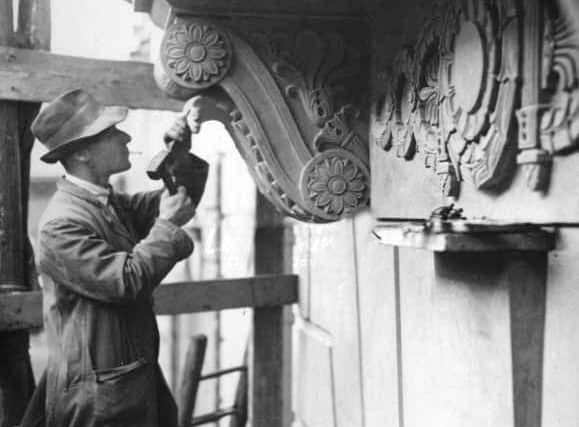

Needless to say, bricks are the life blood of the building industry and in those days were often supplied by James Topping who established a brick works on a site where Roebuck Street now stands. His son John Topping continued the business which moved later to sites on Tulketh Brow, Plungington, Deepdale and finally on London Road where their kilns flourished.
They were credited with installing the first successful brick making machine in the town. Skilled brick makers could produce 3,000 bricks on a 12-hour shift, but their machine of the 1930s regularly produced 20,000 bricks a day.
Even before Victorian times the bricklayers’ amazing achievements included the many structures required to carry the railways, such as the Tulketh Viaduct and the North Union Railway Bridge over the river Ribble. Gangs of Irish navvies inhabited the streets of the town to ensure those projects were fulfilled.
Advertisement
Hide AdAdvertisement
Hide AdThe names of Cooper & Tullis are writ large in Preston’s history on account of their skill as stonemasons and master builders.
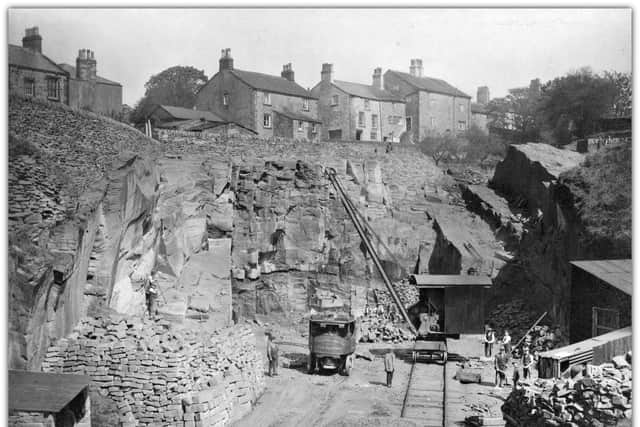

The company was founded in 1845 by William Cooper along with Alexander & James Tullis who set up their firm on land known as the Old Vicarage and were heavily involved in the construction of St Walburge’s Church. Despite the death of Mr Cooper in 1859 the business continued under the same name and major contracts followed for their employees who numbered more than 300.
St Mark’s Church, the Prince’s Theatre, the Town Hall, Preston Railway Station, the Harris Library and Museum and the Preston Sessions House are among the buildings displaying their construction and stone mason skills.
Successive generations of the Tullis family took leading roles in the firm and Alexander Tullis, son of William Tullis, became the first president of the Preston Master Builders Association in 1890.
Advertisement
Hide AdAdvertisement
Hide AdJohn Turner, born in Havelock Street in 1876, while a lad worked as a part timer in a cotton mill. When the time to leave school arrived his mother helped him to gain an apprenticeship as a brick layer.
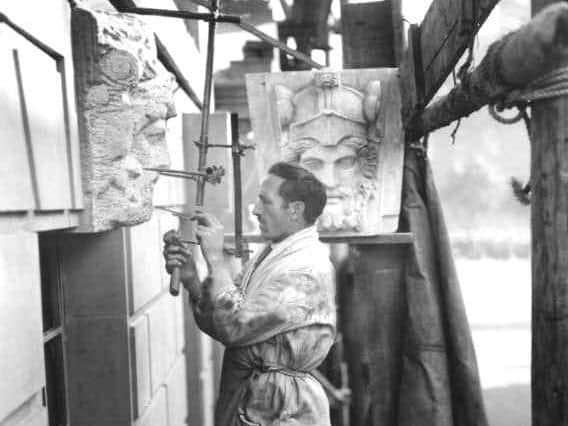

The trade earned him a steady income, but as he approached his 30th year he became restless and embarked on a trip to America where he followed his trade. With a fiancée waiting back home he returned within a couple of years and, having saved a little capital, he set up his own business in 1907.
Hard work and long hours were eventually rewarded in 1910 when he was awarded the contract for building Ribbleton Avenue School.
The outbreak of the First World War restricted the firm’s progress, although once peace was restored he opened an office in Symonds Road and, although business was slow to begin with, premises in Bamber’s Yard were later obtained.
Advertisement
Hide AdAdvertisement
Hide AdAlong with his apprentice son James, and other trusted bricklayers, the firm built the new nurses home at Preston Royal Infirmary, and followed that up with an extension to Arkwright Mill.
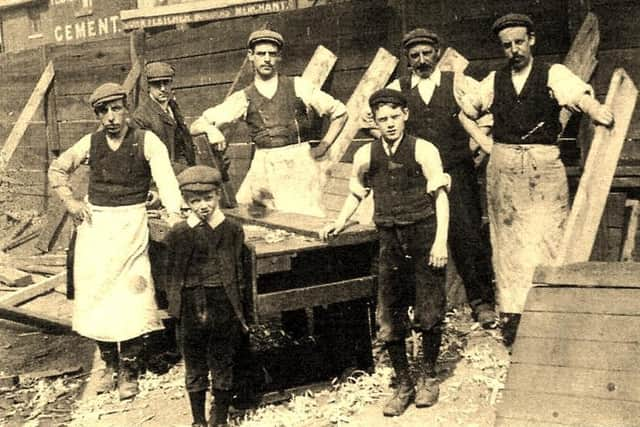

Soon Turner’s second son Jack was handed a trowel and more tradesmen and apprentices joined the fold, often with family connections. A laboratory for the Infirmary, extensions for Hutton Grammar School, Gutteridge Memorial Church, Lark Hill Convent and the building of the GPO Sorting Office on Fleet Street all added to the portfolio leading to a move to larger premises in William Henry Street.
By 1933 the business had become John Turner and Sons PLC. Building of the Preston Employment Exchange on Pole Street was one of their next tasks and other Government contracts followed for Employment Exchanges at Kendal, Ormskirk and Clitheroe. School building or extension contracts were also obtained for Morecambe Grammar School, Hutton Grammar School and Kirkham Grammar School.
The new Co-operative building on Lancaster Road was next on the agenda before the outbreak of the Second World War. With the call to arms a number of staff joined the forces and those who remained had Government work to undertake.
Advertisement
Hide AdAdvertisement
Hide AdAfter the war there was a great demand for new housing and Turner’s responded quickly. Every day gangs of men would leave town heading to places such as Leyland, Lancaster, Southport or the outskirts of Preston to build council houses.
A whole catalogue of building schemes followed all over Lancashire and beyond. Grange County Primary School, Ribbleton Hall School, St Maria Goretti School and Atkinson Vehicles new factory among those of local significance. Modern equipment and methods assured Turner’s had much to celebrate when they reached the 50 year milestone in 1957 with a full order book.
In modern times locally the Guild Hall, the Telephone Exchange on Moor Lane, the Preston Magistrates and Crown Courts, the Police Headquarters and the Ring Road are all evidence of their construction work. The company is nowadays known as the John Turner Construction Group and their head office is on Preston Road, Grimsargh.
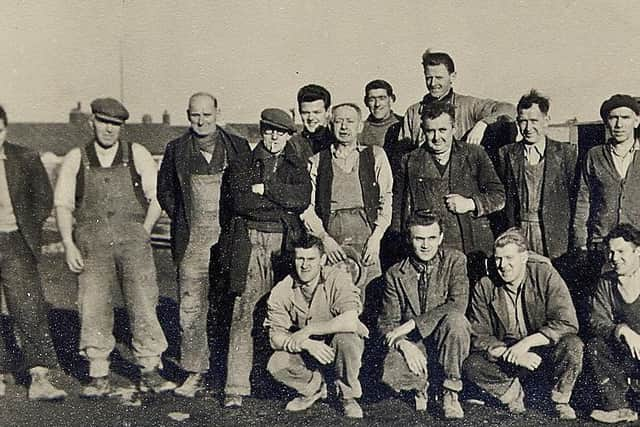

Thomas Croft was a familiar figure in the Preston building trade in the mid-1960s having control of a business begun in 1874 when his namesake grandfather, who died in 1923, founded Thomas Croft & Sons operating from premises off St Paul’s Road, behind the Imperial Terrace.
Advertisement
Hide AdAdvertisement
Hide AdAmong the structures credited to his pioneering grandfather were numerous cotton mills and upwards of 20 tall chimneys, including those at the Horrockses Centenary Mill and the Tulketh Mill. This third generation Thomas Croft was educated at Preston Grammar School, premises built by the Preston firm, and on leaving school he took an apprenticeship in brick laying before becoming a contracts manager.
Taking over the business in 1937, after his father died he continued the family tradition by taking his three sons into the trade. They were responsible for numerous buildings in Preston with specialists skills in stone masonry. Having their own quarry in Longridge earned them the contract for enlarging the Blackburn Cathedral and the police and court buildings in Burnley.
By this time they had moved to their Holme Slack Works on Blackpool Road where they established their own brickworks on the clay rich site which flourished until 1960, producing upwards of 100,000 bricks a week at peak production. The Municipal Buildings on Lancaster Road were built by the business in the 1930s providing much needed local employment in a difficult period.
The building of Saul Street Baths, the Ribble Motor’s offices in Frenchwood, extensions to County Hall and the building of the now demolished St Jude’s church among their notable achievements.
Advertisement
Hide AdAdvertisement
Hide AdDuring the Second World War they were involved in the construction of wartime airfields at Samlesbury and Warton. The diversity of the company post war was shown by their involvement in open cast mining at Wigan where they used converted Sherman tanks to excavate the coal.
What eventually became known as Croft Constructions, trading from the Red Scar estate, went into receivership in 1994 with the loss of 30 jobs. These days a fifth generation of the Croft family carry on the traditions as Croft Conservatories from premises on Pittman Way, in Fulwood.
The business nowadays known as Conlon Construction is another local family business which has grown into a significant company. Conlon Brothers was founded in 1961 by the five Conlon brothers namely Mick (who died in 2003), John, Pat, Vincent and Malachy and is dedicated to them. They employ up to 100 people in Preston.
The M6 motorway and the Thelwell Viaduct were projects in which the Conlon Brothers played their part. They were originally moving materials and waste up and down the motorways and later bought the old Stone Mill at Charnley Fold in Bamber Bridge. The mill itself was demolished within a decade, to allow development of their offices amid an industrial estate.
Advertisement
Hide AdAdvertisement
Hide AdAfter 25 years the firm changed its name to Conlon Construction and projects in Winckley Square and on the Preston Dock redevelopment enhanced their reputation locally.
More recently they were responsible for the construction of the new Preston Market Hall, beneath its Victorian canopy, and are heavily involved in development work for UCLan, along with the much acclaimed refurbishment of Preston Bus Station.
The bus station project would no doubt have delighted Sir George Grenfell Baines whose company Building Design Partnership were the designers of the original structure opened in 1969 amid much praise.
Eric Wright Construction Ltd formed in 1979 has completed projects all over Lancashire and most recently in 2016 they built the new student accommodation block on Friargate with retail units at street level. They were also contracted in 2015 to building a new teaching facility for the Cardinal Newman College.
Advertisement
Hide AdAdvertisement
Hide AdAs we wonder at the ever changing skyline we should spare a thought for builder William Price who, along with a team of plumbers, glaziers, bricklayers and joiners, built a house in a day on Fylde Street to win a wager. That house, which later became a decorator’s shop, survived a century.
These days we often look in wonder at the never ending housing developments which encircle our city stretching far into the rural communities and they also appear to be constructed in next to no time.
Many of these buildings and much more can be found in Keith Johnson's ‘Preston In 50 Buildings’ and ‘Preston At Work’ books published by Amberley that pay tribute to our builders of the past.
Comment Guidelines
National World encourages reader discussion on our stories. User feedback, insights and back-and-forth exchanges add a rich layer of context to reporting. Please review our Community Guidelines before commenting.